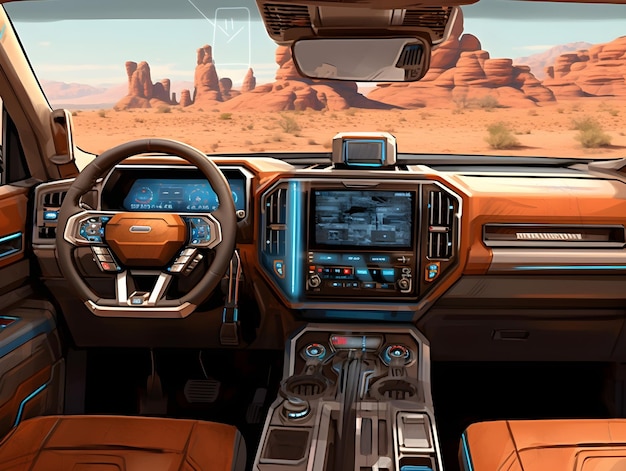Infotainment: Connecting the Dots with Insight and Entertainment

Robert Guest, vice president for product management at Access Europe, explores the journey toward in-car infotainment systems.
The advent of connectivity is revolutionizing the automotive industry. While automakers envision a future with driverless cars, smart cities, and ride-sharing, there’s a lucrative opportunity that remains largely unexploited: in-car infotainment.
It’s projected that by 2020, the global infotainment market will reach $52 billion, fueled by the rise of personalized entertainment experiences. This market growth is largely driven by improved internet connectivity. Cars equipped with Wi-Fi, bridging consumer devices to 4G networks, and soon 5G, are paving the way for innovative connected infotainment services. This evolution is moving manufacturers beyond the traditional infotainment model of radio broadcasts and news updates. The future lies in delivering customized services tailored to each passenger and each journey.
The expectations set by the consumer entertainment industry are influencing this shift. Today’s consumers enjoy highly personalized media and gaming experiences across multiple devices. With connectivity continuing to improve and “bring your own device” (BYOD) environments becoming more advanced, the automotive industry is now poised to transform vehicles into personalized entertainment hubs.
Each car manufacturer may have different concepts of what makes up an effective infotainment system. However, core features typically include playing audio content, displaying maps, and providing traffic and weather updates. Advanced systems are now offering on-demand audio services and access to video content through rear-seat screens or passengers’ own tablets (BYOD). This progression is changing consumer expectations, as passengers now look for seamless access to content in cars, starting with audio and quickly expanding to video.
This shift presents a new challenge for the content industry: creating content formats that are easily consumed in a moving vehicle. Rather than offering a one-size-fits-all experience, car manufacturers can deliver infotainment that adapts to each user’s preferences and each specific journey. There are new opportunities for recommendations and advertising that could unlock significant revenue streams. For instance, a family-friendly vehicle on a school run could offer short-length cartoons, whereas a city taxi ride might feature news updates, short YouTube videos, casual games, or weather forecasts.
The design of the infotainment system is key to the user experience. To appeal to the broadest audience, OEMs and content providers must create an integrated environment that provides access to a range of audio and video media through a single interface. Navigating multiple apps for similar content can frustrate consumers and decrease user adoption and revenue. Moreover, reluctance to integrate with consumers’ devices in the car will also impede updates.
Combining in-vehicle systems with brought-in devices can be an engineering challenge that may add little value to the OEM brand. By using readily available products that accommodate both platforms, technical teams can save time in development and testing, and focus on features that add value to the customer. This approach results in faster time to market and a higher quality experience for the consumer.